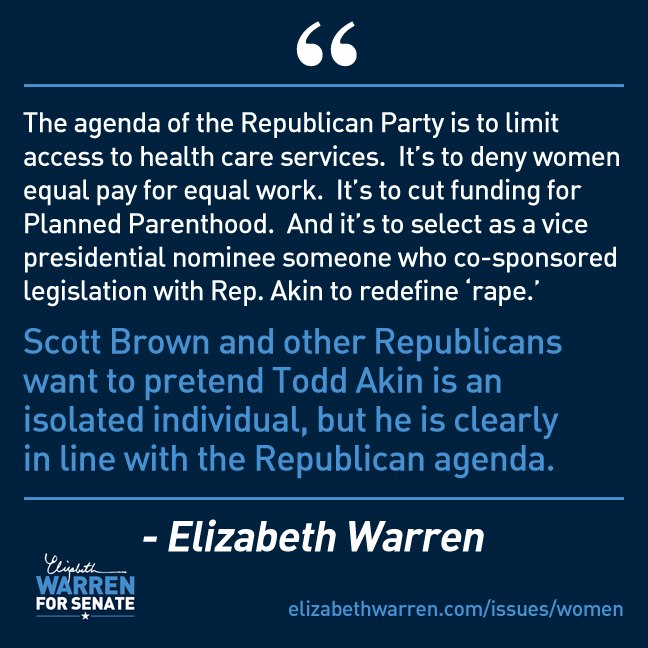Patients Would Pay More if Romney Restores Medicare Savings, Analysts Say
The New York Times has the article Patients Would Pay More if Romney Restores Medicare Savings, Analysts Say.
Some of the wording in this article had me confused, but the bottom line is that Romney’s false claims about what Obama has done to Medicare revolve around Medicare Advantage as I have been saying in many blog posts.
But Medicare Advantage, which was created 15 years ago in the hope that private-market competition for beneficiaries would result in lower prices, has consistently cost more than standard Medicare — costs that Medicare beneficiaries must help subsidize through their premiums.
The reductions for Medicare Advantage providers are “a matter of basic fairness because they’ve been overpaid for years,” Ms. Moon said. As for beneficiaries, she added, “they’re guaranteed basic Medicare benefits. They may lose some extra benefits they may have been getting, but in effect you’re saying some of the windfall benefits may go away.”
“The bottom line,” said Representative Chris Van Hollen of Maryland, the senior Democrat on the House Budget Committee, which Mr. Ryan leads, “is that Romney is proposing to take more money from seniors in higher premiums and co-pays and hand it over to private insurance companies and other providers in the Medicare system.”
As a subscriber to Medicare Advantage since I turned 65 about 3 years ago, I have always realized that it was a waste of government money to subsidize insurance companies this way, but if we were paying for it anyway, I might as well use it. I won’t be sorry to see it go, especially if the savings in my Medicare premiums allow me to buy the miniscule extra benefits on my own.
